What does it take to build a rural biodigester from the grassroots up?
Plus another dispatch from COP27!
Plus another dispatch from COP27!
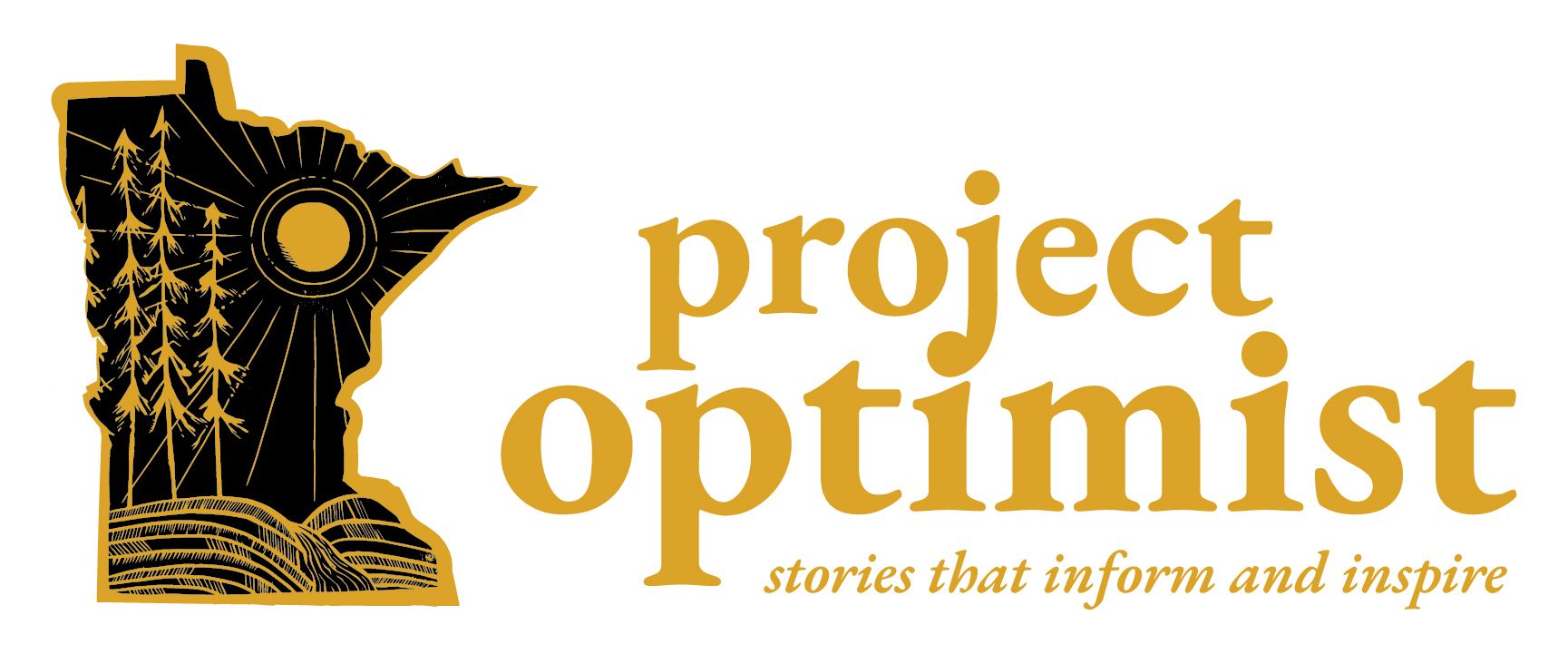
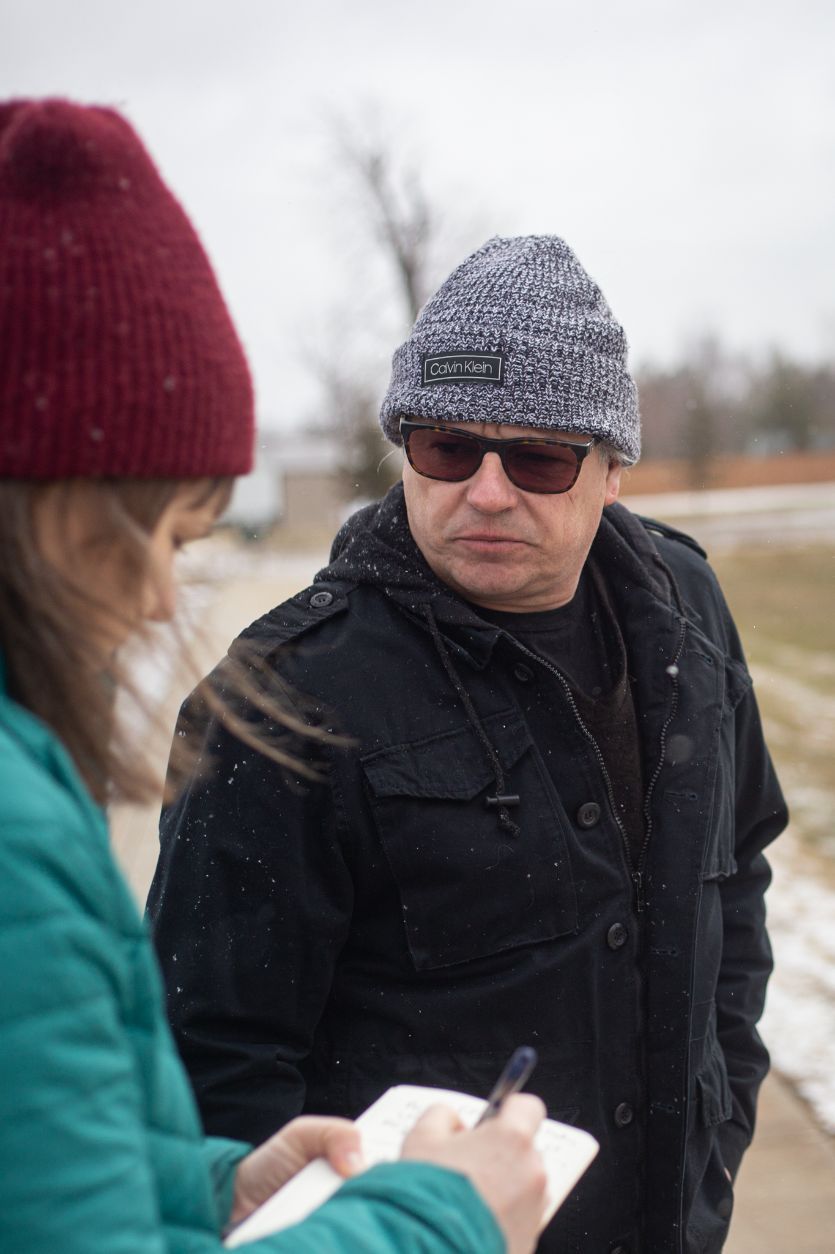
Journalist Nora Hertel interviews entrepreneur Walter Ribeiro in Wadena, Minn., on March 25, 2022. (Shannon Rathmanner for Project Optimist)
A green entrepreneur + the challenges of climate change finance
Greetings! I hope you're all staying warm.
Nora here, with another twofer this week. We have a second column from the College of St. Benedict and St. John's University students who got a crash course in journalism from me. And we're featuring a rural biodigester project in development.
I met Walter Ribiero through the Regional Sustainable Development Partnerships. And I visited him last spring with photographer Shannon Rathmanner to learn about his efforts to launch an anaerobic digester. He gave me an update on the project and its challenges last week.
I've been following three nascent biodigesters for the last year, and they have all taken longer to launch than initially planned. Walter feels that the need to do so is increasingly urgent. Read on for more.
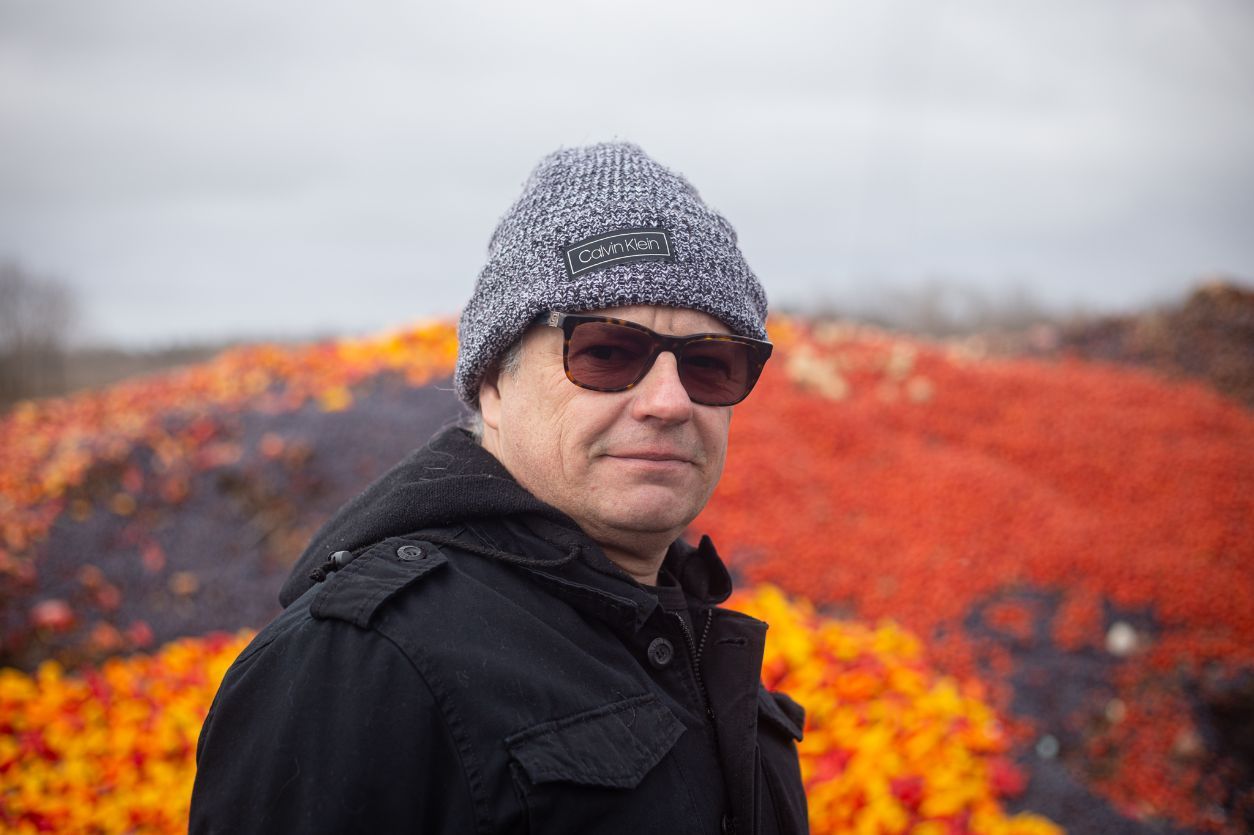
Walter Ribeiro, founder of The Dragonfly-e Inc., stands in front of a compost pile at the Wadena County Recycling Center and Transfer Station on a blustery Friday, March 25, 2022. (Shannon Rathmanner for Project Optimist)
Wadena man develops local biodigester as the biogas field goes 'gangbusters'
By Nora Hertel for The Optimist
WADENA - Food waste, manure and human waste can all become fodder for anaerobic digesters that churn out useful fuel, fertilizer and mulch.
Walter Ribeiro has been searching for three years in rural Minnesota for a reliable stream of waste — a reliable stream of "quality, organic material," as he described it.
Ribeiro is still researching and developing a rural biodigester project to help those in and around Wadena, Minn., reduce their carbon footprint and profit in the process. But it's a complicated endeavor.
He's starting to feel that time is running short.
"We need a tourniquet. We don't need a Band-Aid," Ribeiro said about the need to cut greenhouse gas emissions and sequester carbon. Carbon sequestration is the intentional, long-term storage of carbon where it won't be released into the atmosphere, such as in soil or plants.
Now is a good time for biodigesters. They're operating in landfills, on dairy farms and at some wastewater treatment facilities. Small digesters are being developed on corporate and university campuses in Minnesota and North Dakota. (Project Optimist has an eye on these projects!)
"Right now, I think the industry is going gangbusters," said Luca Zullo, senior director of science and technology at AURI (the Agricultural Utilization Research Institute) during an interview about biodigesters in October.
The $750 billion Inflation Reduction Act became law in August and includes tax credits for a range of biogas projects, including wastewater treatment and more.
In anaerobic digesters, bacteria break down organic waste and release biogas that is collected and used for fuel. It's often called renewable natural gas. Another byproduct is fertilizer, which is in high demand and expensive for farmers.
Story continues below the promotion.
Promotion from Project Optimist
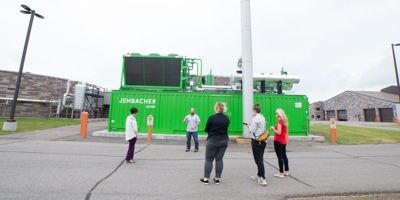
Check out our St. Cloud biodigester story for more
This is not our first story about anaerobic digesters. We've been exploring waste management and its impact on the environment. And we'll continue to do so. Learn what the city of St. Cloud is able to recover from wastewater.
Read more!
Ribeiro is hoping for local ownership and ground-up development as he establishes his biodigester.
He launched his business in 2020. It's called The Dragonfly-e Inc. In 2021 he got some help from the University of Minnesota Extension Central Regional Sustainable Development Partnership. They provided him with a grant and a graduate student trained in chemical engineering. The Wadena City Council endorsed that phase of project with a resolution that year. In 2022, Ribeiro was a semifinalist in the MN Cup pitch competition but didn't leave with any investment capital.
Dragonfly-e hasn't made any formal agreements with Wadena or other nearby cities. But Ribeiro has his sights on municipal wastewater (AKA human waste) as a source for his digester, with plans to incorporate manure from local farms as well.
He has a location picked out. And the plans currently hinge on fleet of hydrogen-powered vehicles. Transporting waste to the digester will be one of the biggest challenges, because Ribeiro wants to do it without greenhouse gas-emitting trucks.
Ribeiro thinks about the theory of change as he does this work. "The theory of change has to start from close to far, from small to big, from bottom to top," Ribeiro said.
Ribeiro was born in Brazil where his uncle had a farm and developed an anaerobic digester there to capture and use the gas. Ribeiro studied public safety and served in in the Brazilian military and the U.S. Army.
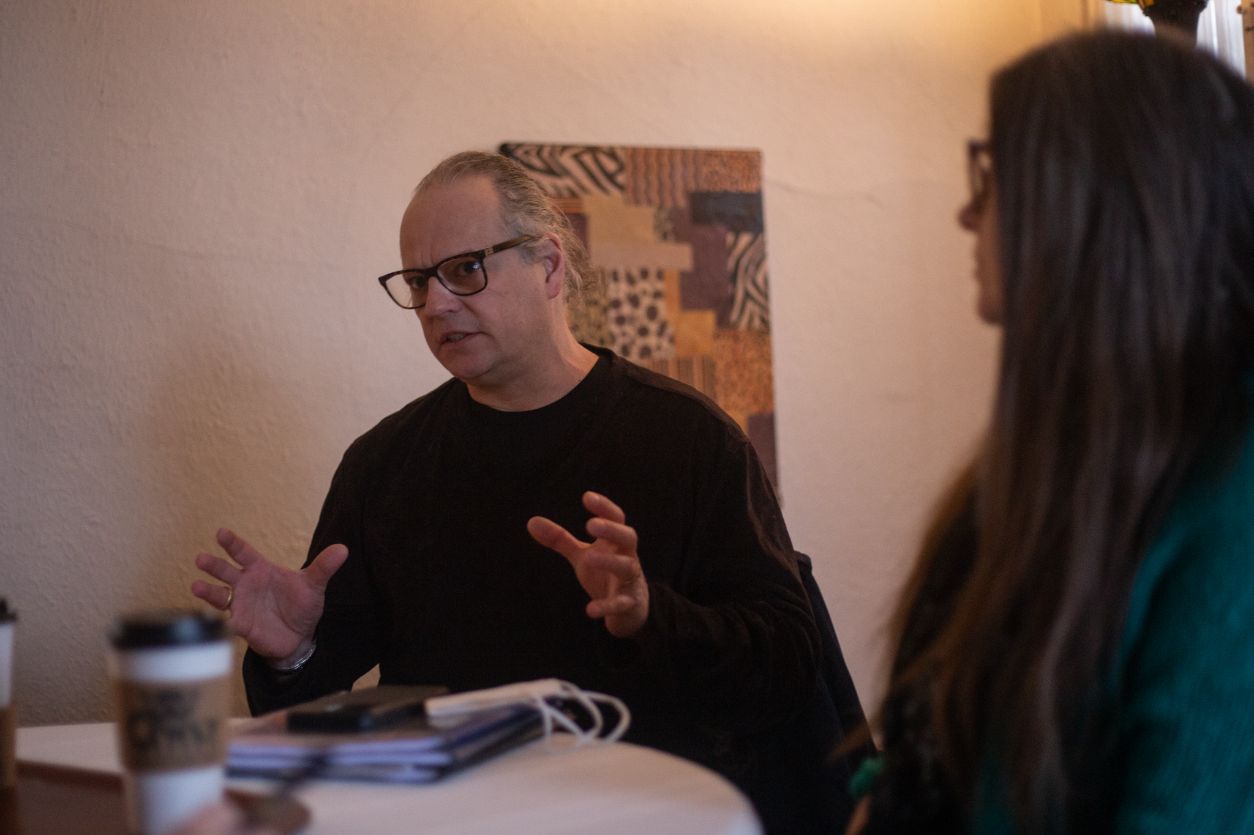
Walter and Katherine Ribeiro in their Wadena office on Friday, March 25, 2022. (Shannon Rathmanner for Project Optimist)
His older sister encouraged him to come to the U.S. His wife, Katherine Ribeiro, brought him to Minnesota, where her family goes back five generations. Katherine has a passion for supporting pollinators.
The two can envision the digester in place: surrounded by pollinator habitat, trucking in waste via green vehicles, processing it, depositing the gas into a nearby natural gas line and returning carbon credits to local stakeholders.
It's not unusual for a project like this to take years because of environmental regulations and permit and license requirements, Ribeiro said. Inspections are part of that too.
His goal is to have a full plan by May that includes transportation, carbon sequestration and the blueprints for the anaerobic digestor as well as contracts ready for the organizations suppling the organic material.
He expects growing competition from large corporations.
"There's an opportunity," he said. "And the window of opportunity is closing."
Column
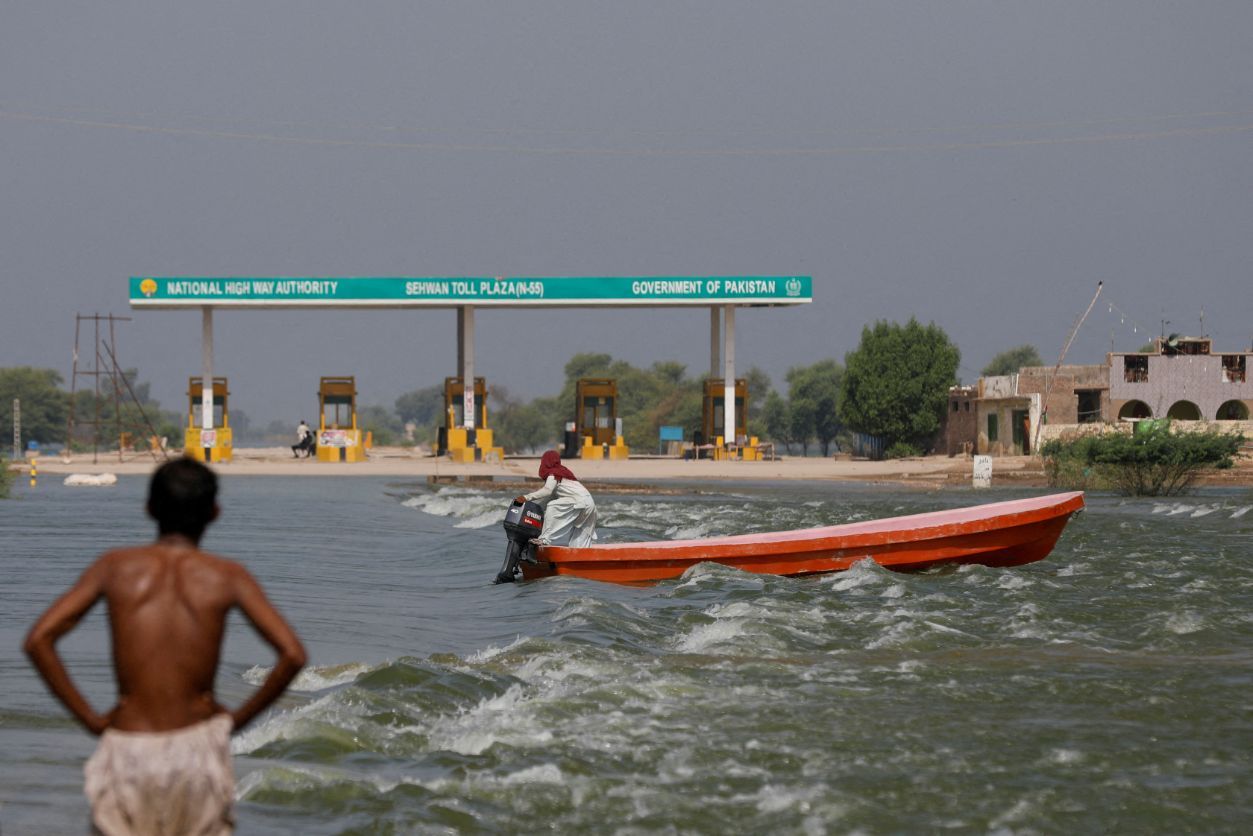
A man rides a boat past a toll plaza amid flood water on main Indus highway, following rains and floods during the monsoon season in Sehwan, Pakistan, September 15, 2022. (REUTERS/Akhtar Soomro/File Photo)
Necessary and imperfect: Finance programs for countries hit hard by climate change
By Emma Rodeghier for Project Optimist
This story is part of a grant-funded program at Project Optimist that involved basic journalism training for student and community reporters in central Minnesota. A group of 20 environmental studies students received the training, did field reporting at the U.N. Climate Change Conference and filed stories that highlight their research. Emma Rodeghier is a sophomore at the College of St. Benedict (originally from Edina, Minn.) with a major in environmental studies.
Decades ago, climate change emerged as a serious problem that needed to be addressed through the reduction of greenhouse gasses on an international level. Today, it is humanity’s biggest threat.
From floods in Pakistan that affected over 15% of the population to damaged infrastructure too expensive to be rebuilt, countries in the Global South are facing serious consequences from a problem primarily caused by the planet’s richest countries. (The Global South refers to countries that have low levels of economic growth and infrastructure.) The U.S. currently produces around 15.52 tons of carbon dioxide, a gas that causes global warming, per capita per year. Countries such as Bangladesh and Pakistan produce a mere 0.47 and 0.87 tons of CO2 per capita.
This year's conference of parties, known as COP27, had a running theme of loss and damage in the Global South. “Loss and damage” is often defined as destruction caused by climate change and can be seen through damaged infrastructure, damaged crops, physical injuries and damaged culture, often caused by tropical storms, changing weather patterns and severe droughts.
Countries in the Global South, including Pakistan and Bangladesh, face the majority of this loss, despite having some of the lowest carbon emissions per capita. Countries in the Global South have been pushing for a finance facility, a fund from which countries affected by climate change can extract capital in order to rebuild. Several countries from the Global North, including the U.S., have refused to support this fund multiple times.
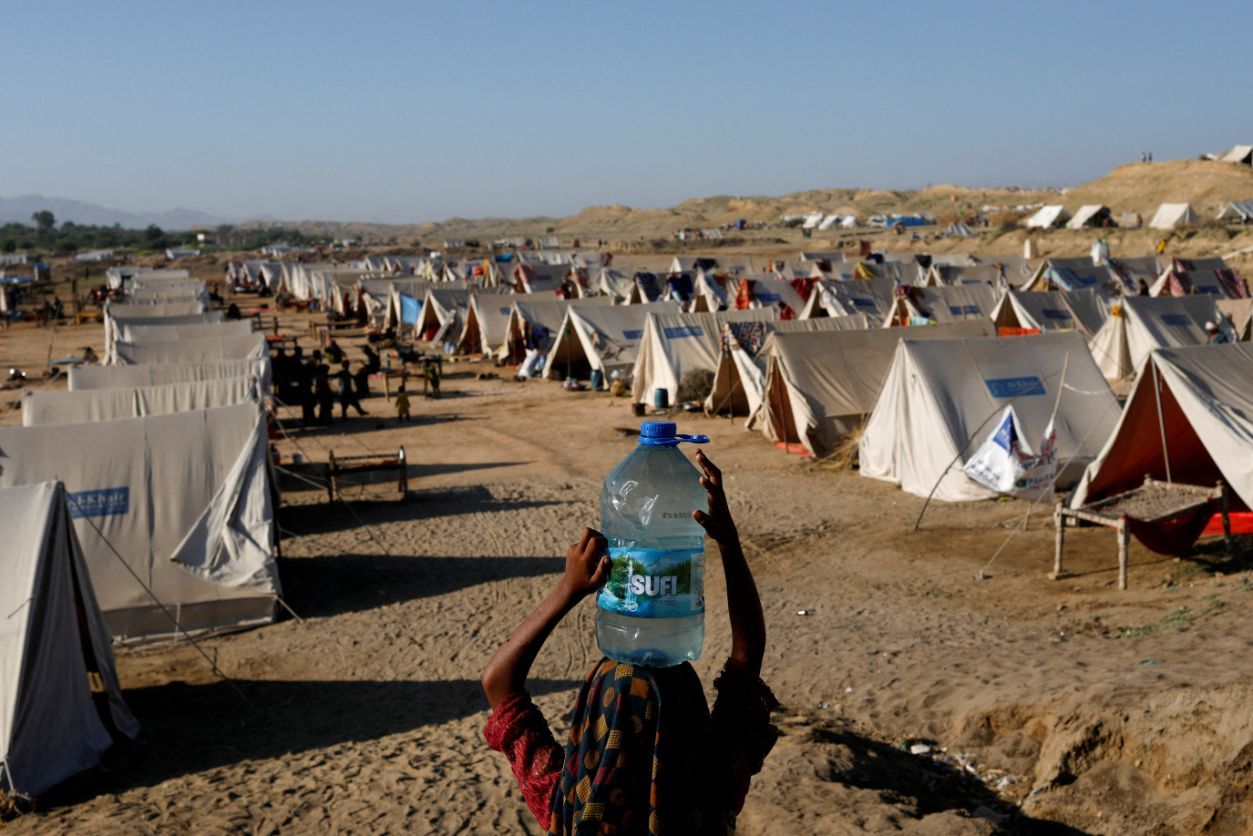
A displaced girl carries a bottle of water she filled from nearby stranded flood-waters, as her family takes refuge in a camp, in Sehwan, Pakistan, September 30, 2022. (REUTERS/Akhtar Soomro/File Photo)
At COP27, I attended as an observer to research this topic and its potential solutions from the people on the front lines of this issue. I attended events on loss and damage hosted by people living in the Global South, and I conducted several interviews. These interviews, combined with insights from my fieldnotes granted me a deeper understanding of what needs to be done to help these countries adapt to current issues and mitigate further damage.
A finance facility is currently the frontrunning solution to this problem, however, financing does not come without drawbacks.
Ruth Spencer, a climate activist from Antigua told me financing does not often work as intended. She told me that when one country receives money from another, the people in smaller, local communities — the ones who need it most — often do not see any of that money.
Carola Mejia, an economist from Bolivia, told me that the money they receive often comes in the form of loans. Even though loans are initially helpful, the interest rates on these loans are often so high that it puts the country into more debt. Mejia said that the interest rates can be as high as 71%, and in the case of her region, up to 81%.
The finances given to the countries most affected should not be seen as a loan or a gift. Finance should be considered support for a country suffering from the damage that its residents did not contribute to.
An established finance facility must be in place where these countries can take from it freely, without potential repercussions.
All my interviewees at COP27 mentioned that in order to fix this problem, a true international community must be established.
Residents of Minnesota are often stereotyped as being overly-nice and polite. This characteristic appears especially through the cultivation and growth of local community. Branching this community mindset to an international scale will benefit populations all over the world.
From the flooding in Pakistan, to hurricanes in Florida and droughts in South Africa, tackling the destruction caused by climate change will take an international effort, one which insists upon communal efforts.
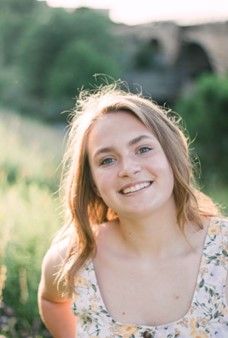
Emma Rodeghier is a sophomore at the College of St. Benedict and St. John’s University (originally from Edina, Minn.) with a major in environmental studies. (Courtesy of Emma Rodeghier)
More information on the new Loss and Damage Fund established at COP27:
What you need to know about the COP27 Loss and Damage Fund
COP27 Reaches Breakthrough Agreement on New “Loss and Damage” Fund for Vulnerable Countries
Other sources:
The Center for Disaster Philanthropy: 2022 Pakistan Floods
The broken $100-billion promise of climate finance — and how to fix it
Final notes
Thanks for hanging with us to the end. I appreciate you!
If you're looking for work, I'm hiring an event manager and a revenue officer (with experience in sales and/or fundraising). If you're looking to volunteer, I need moderators for the Shades of Purple civil dialogue project.
Feel free to send any ideas or feedback to nora@theoptimist.mn.
Be well,
♥ Nora Hertel, Founder of Project Optimist
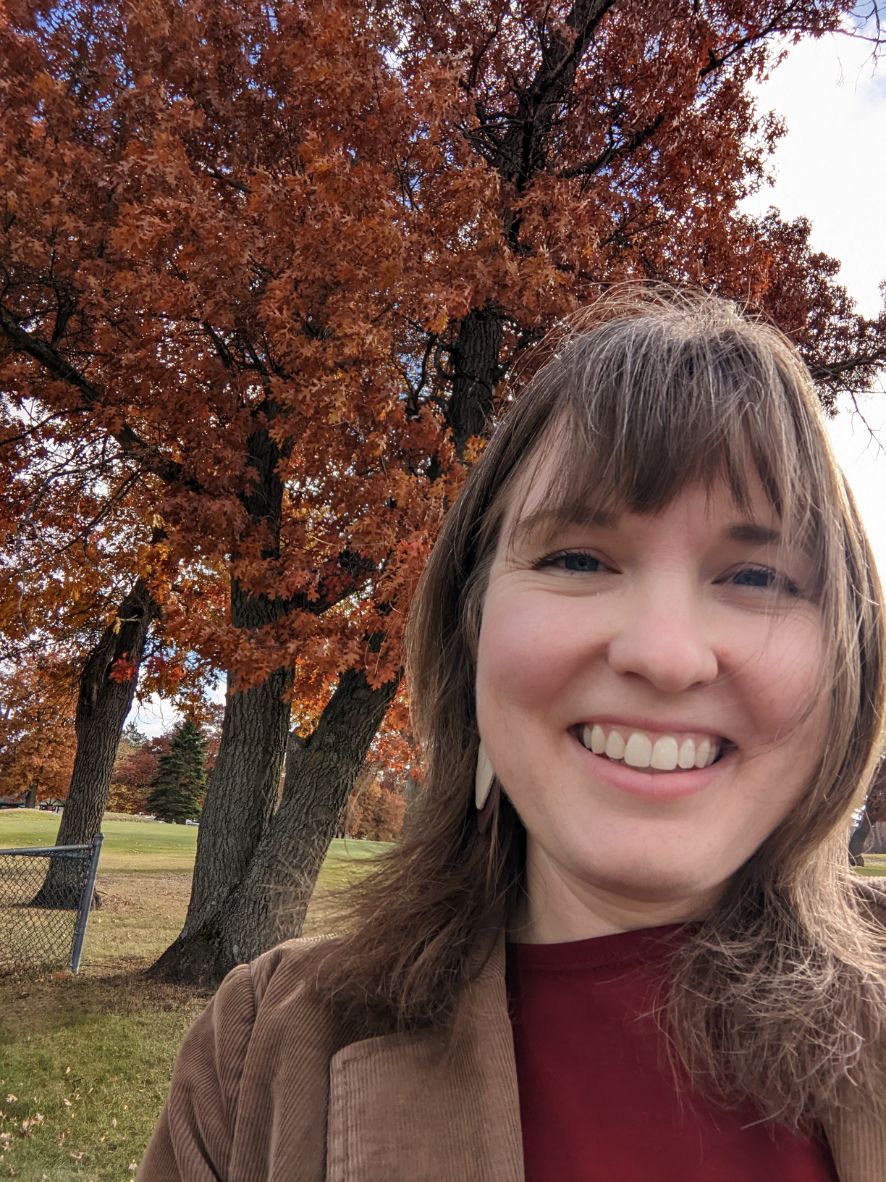
Our mailing address:
P.O. Box 298
St. Michael, Minnesota 55376
Copyright © 2023 The Optimist, All rights reserved.

